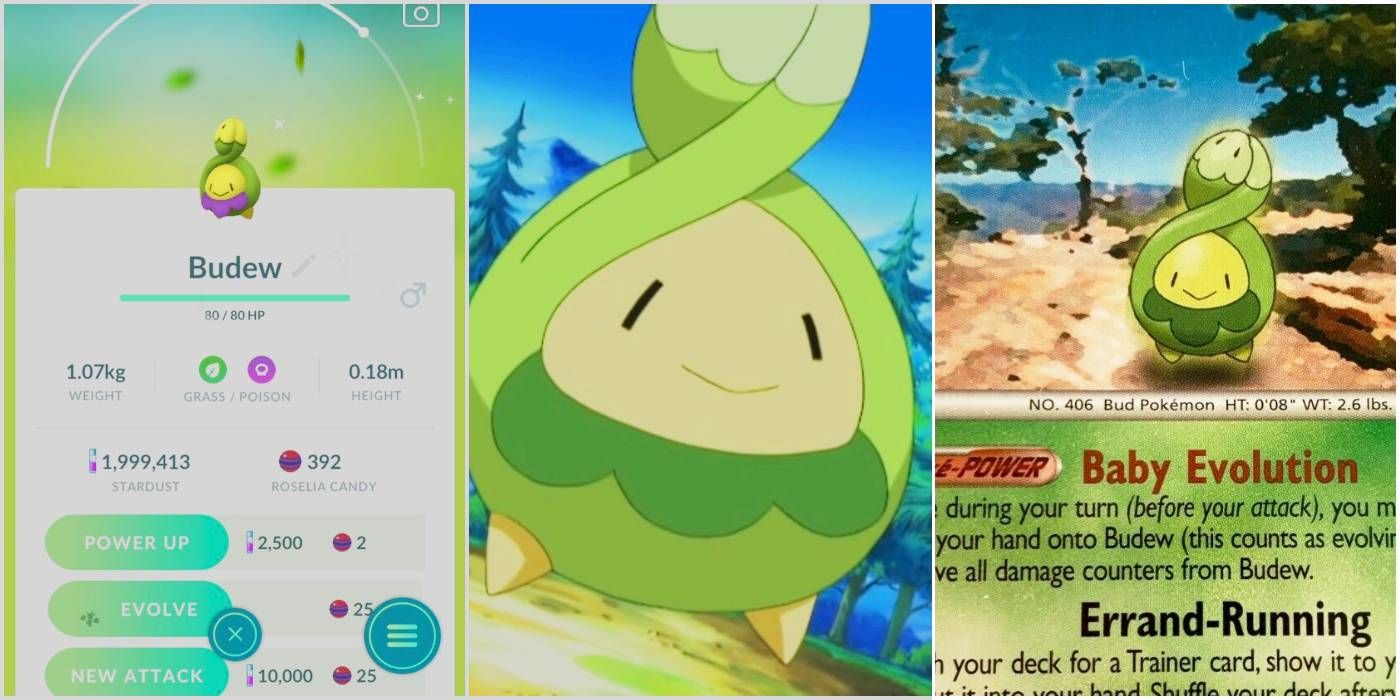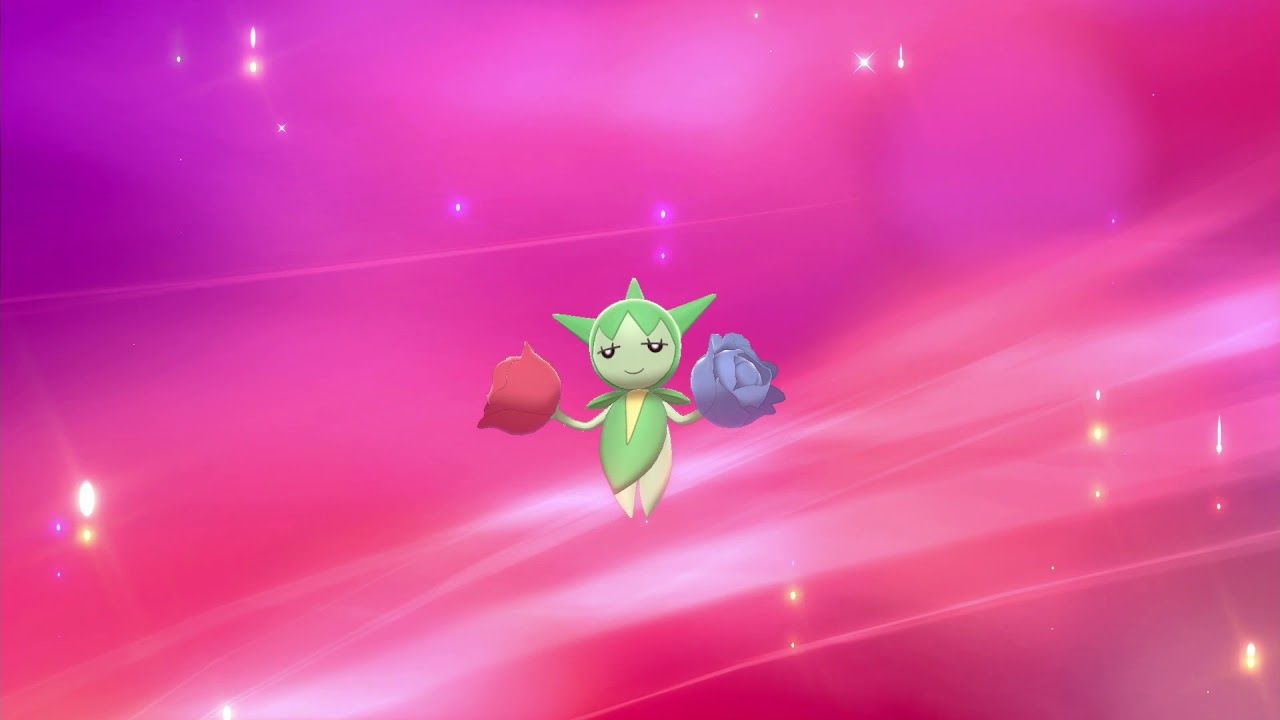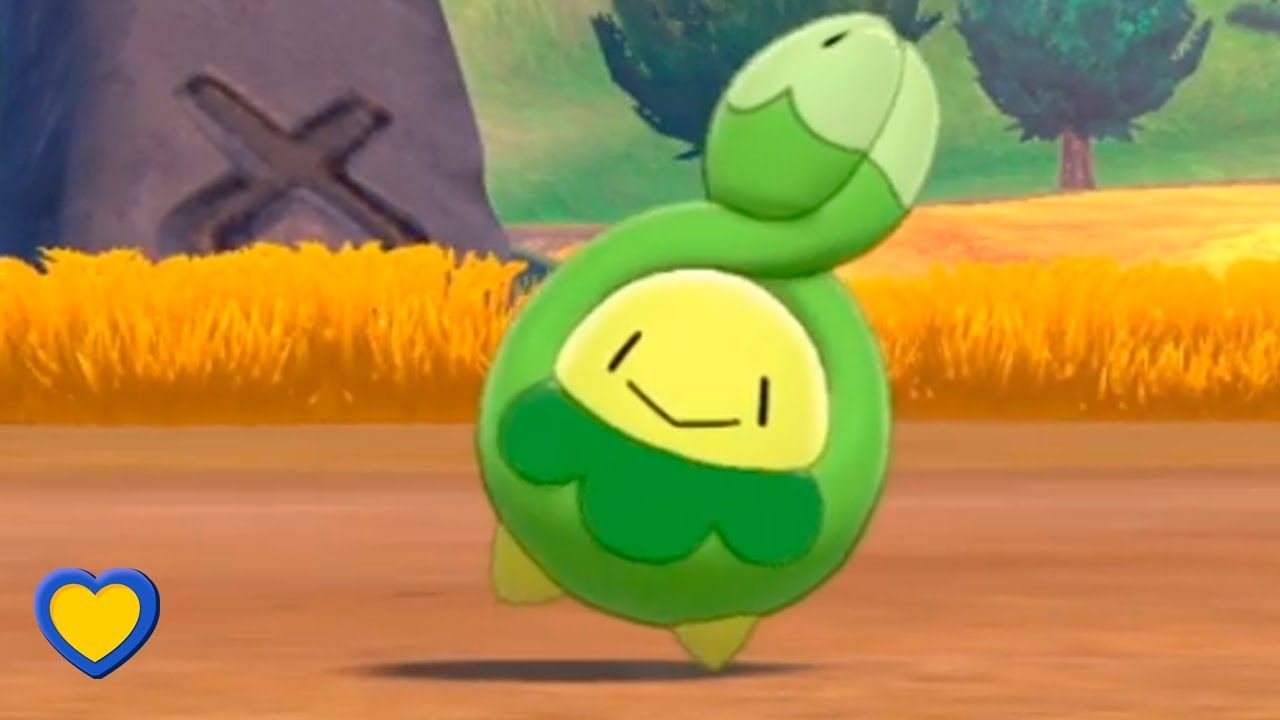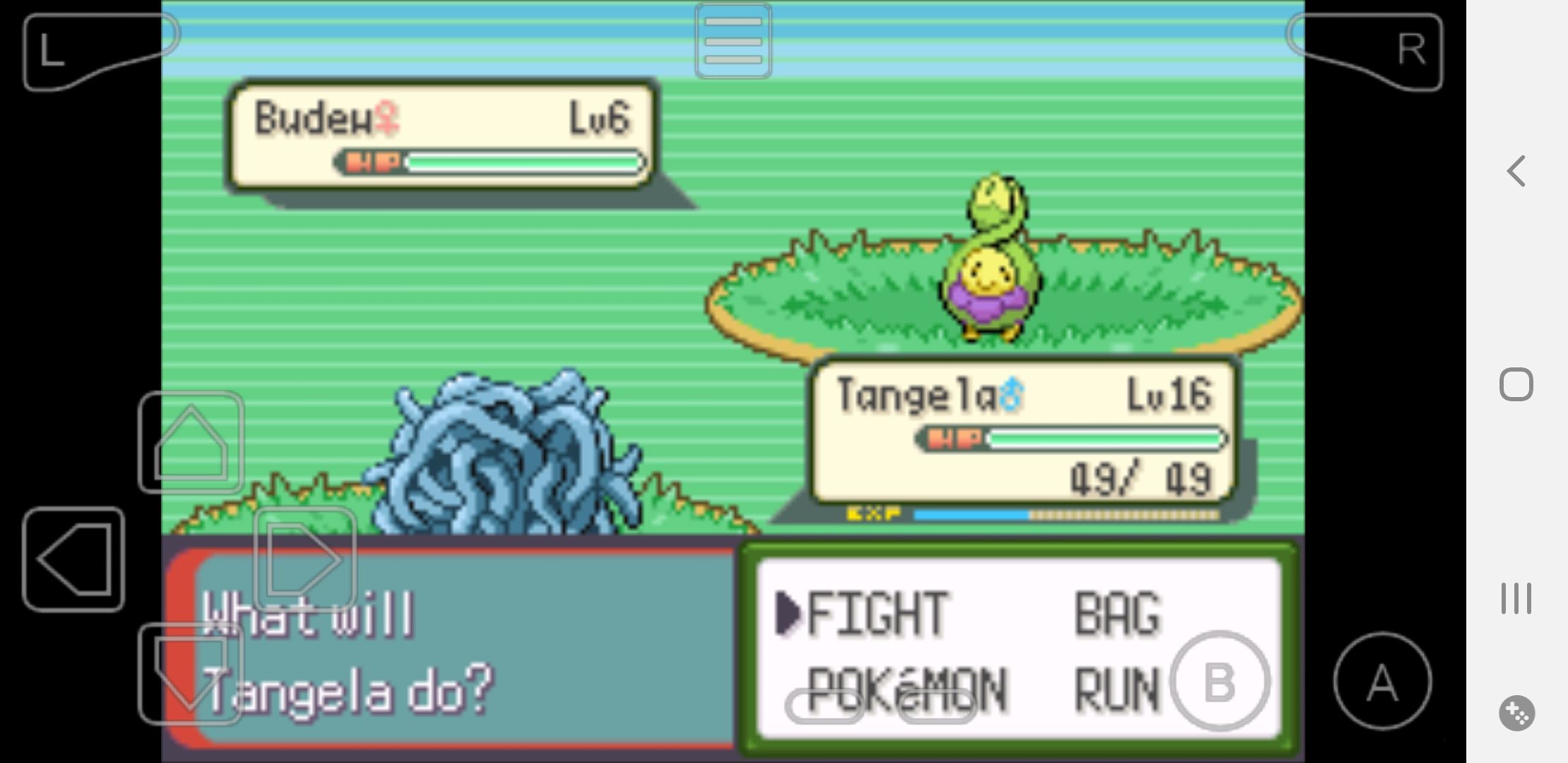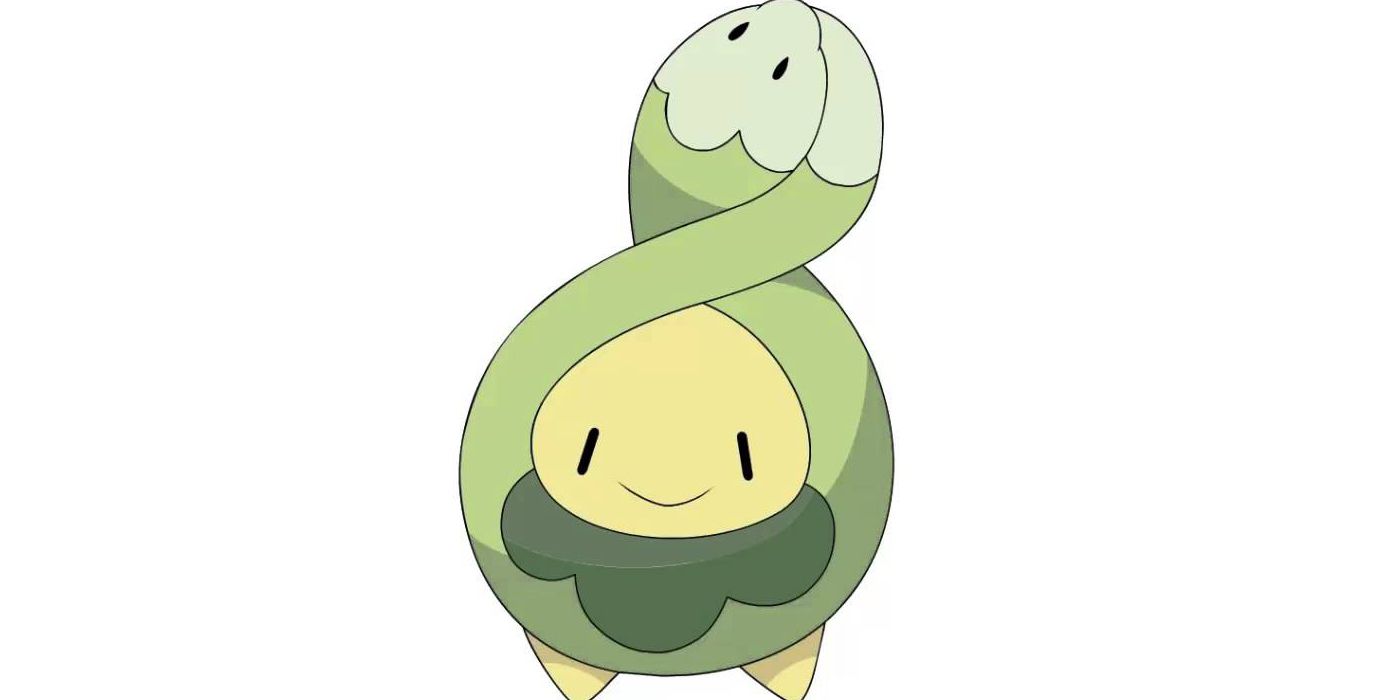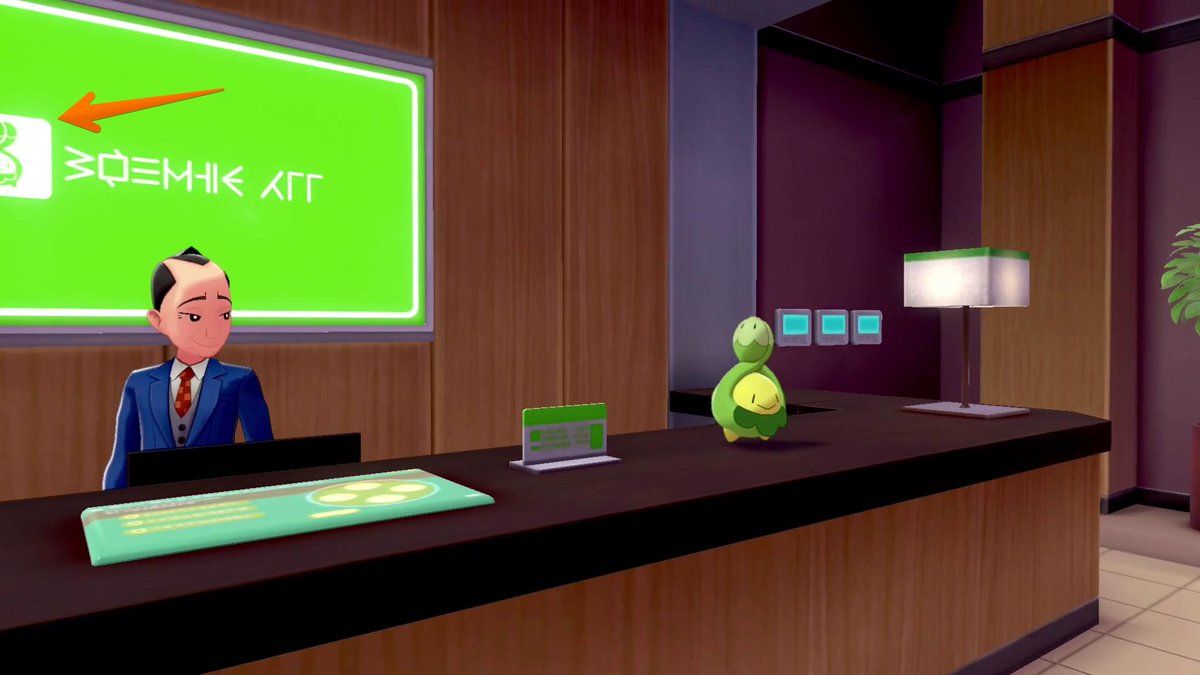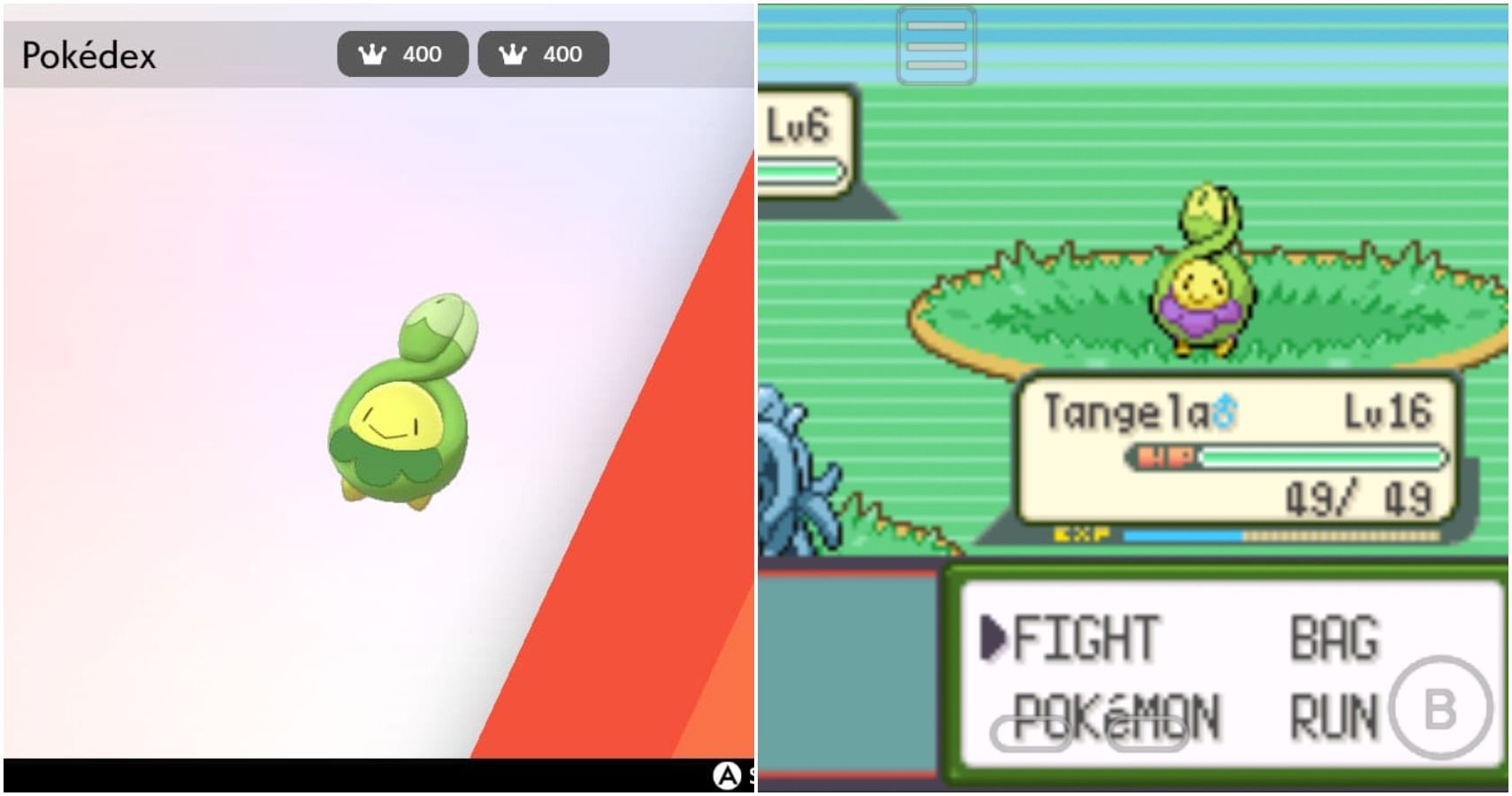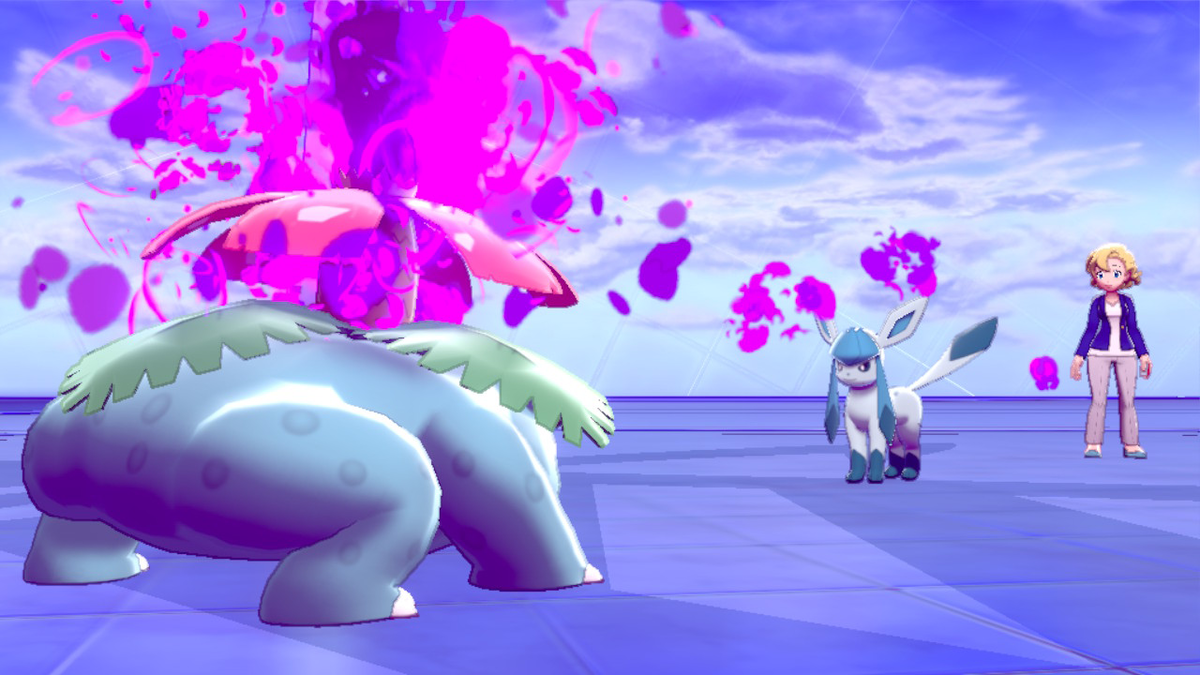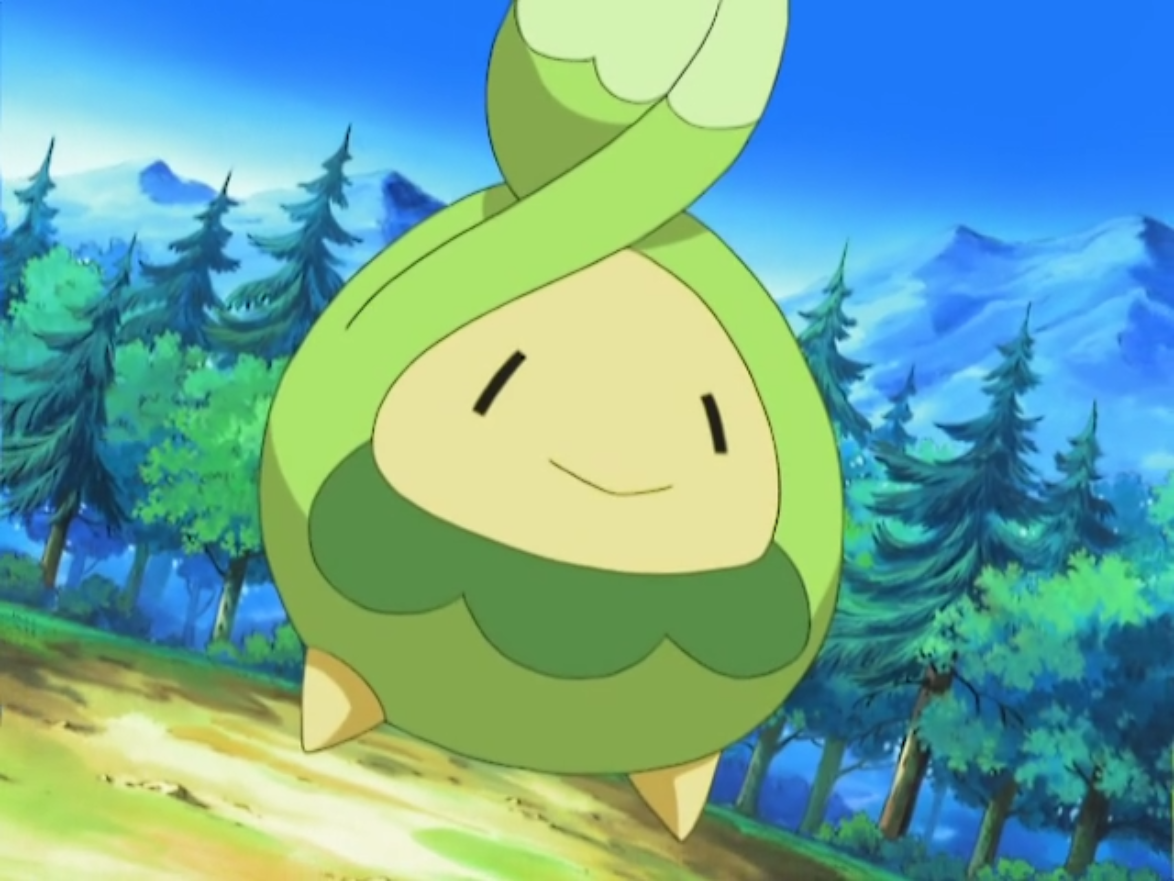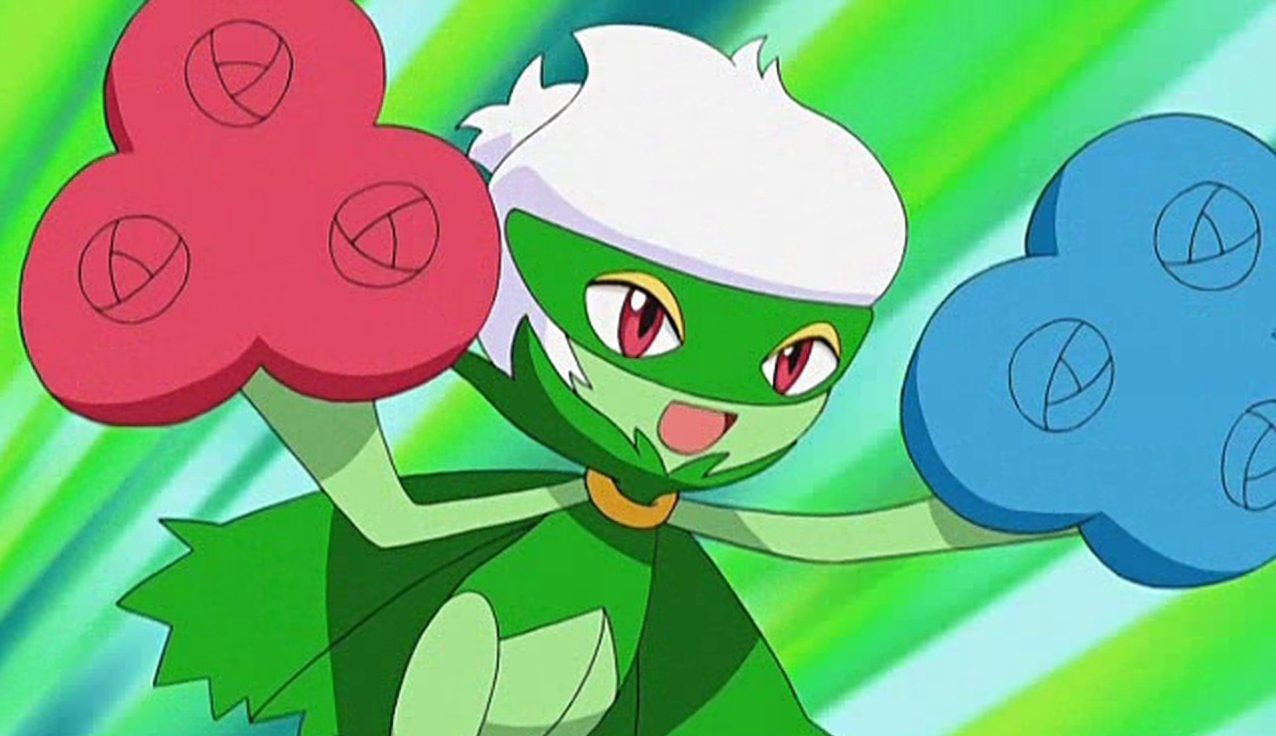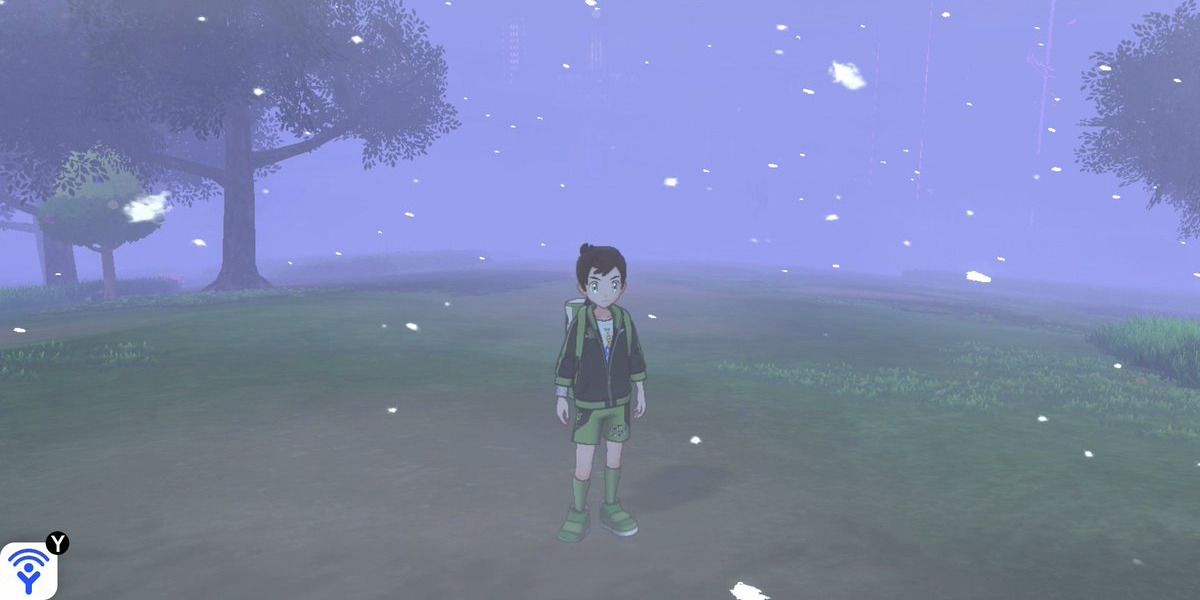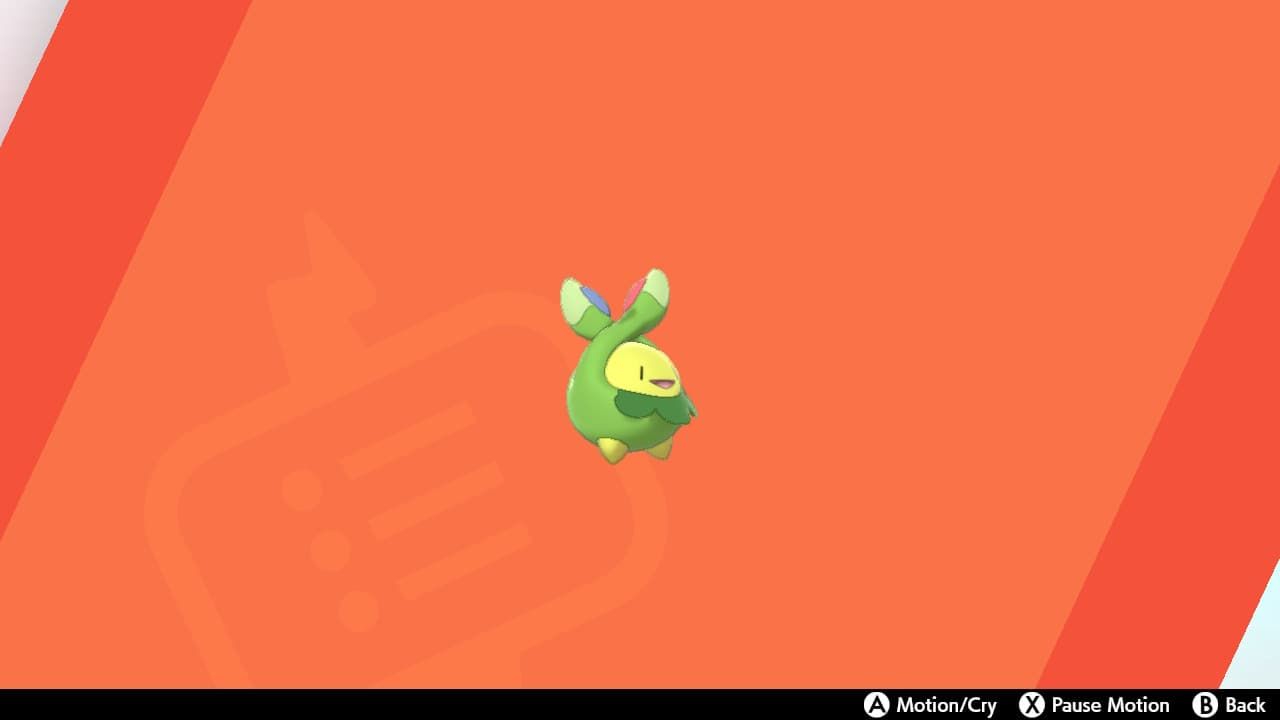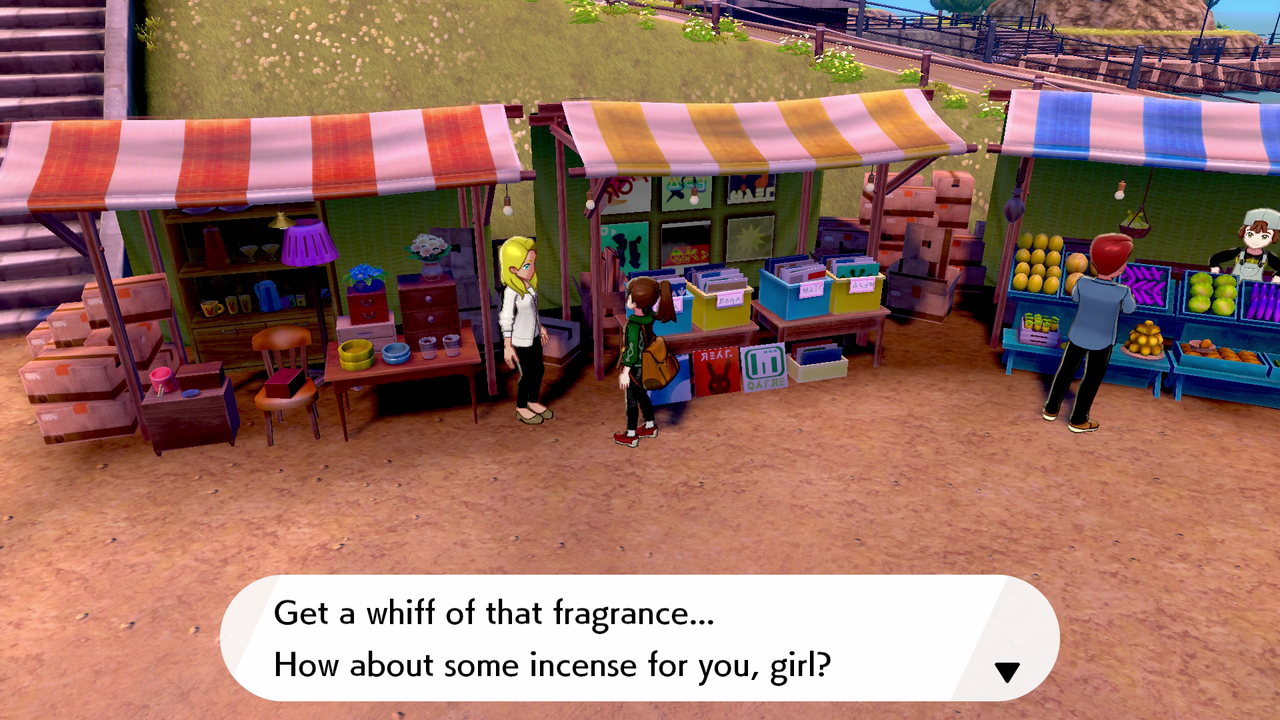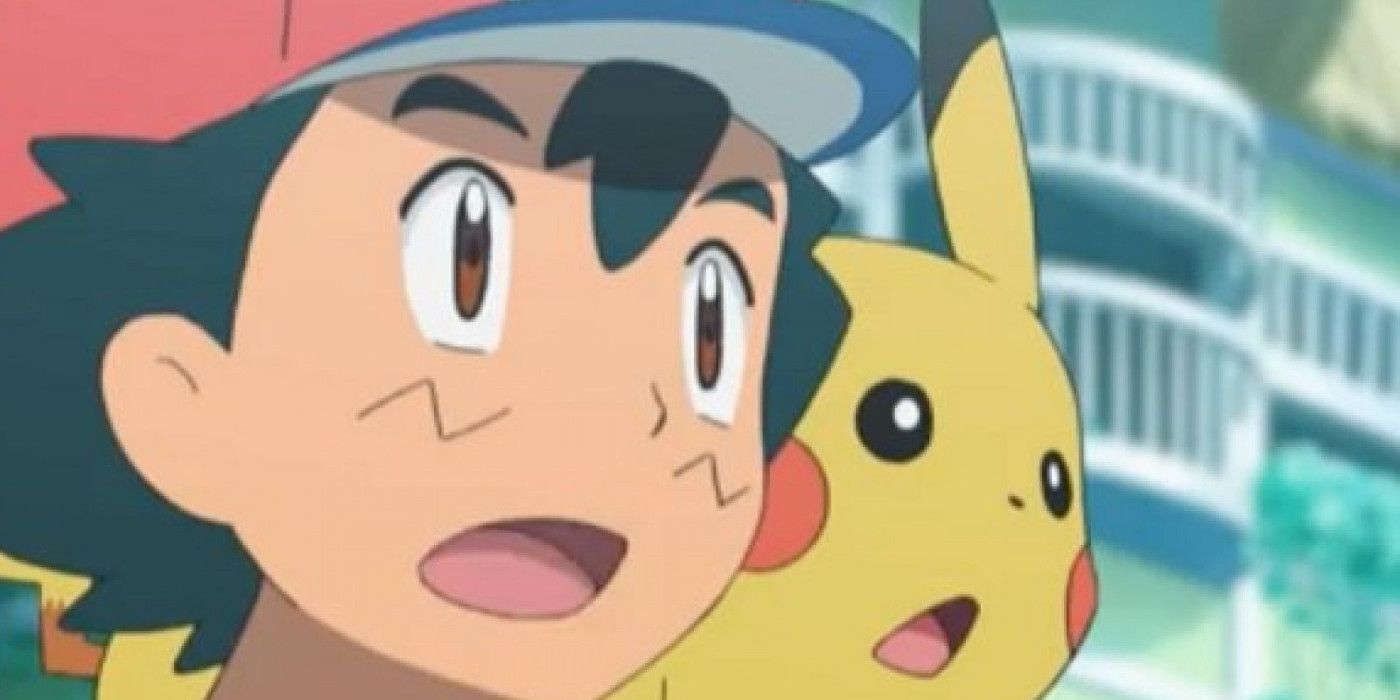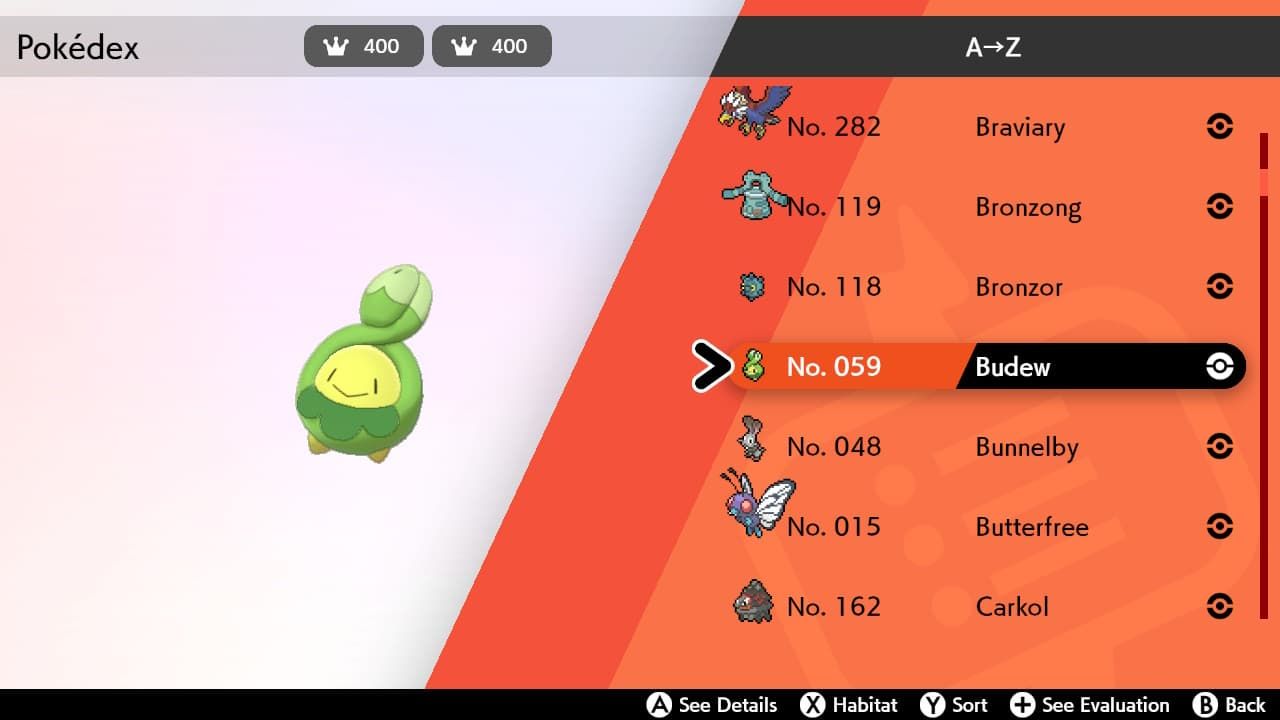When Roselia was introduced in Generation III of Pokemon, it wouldn't have been known that it would eventually receive a pre-evolution Baby Pokemon and evolution in the following generation. But, Budew, the Baby form for Roselia, and new evolution, Roserade, both leapt onto the scene in Generation IV.
Budew itself is a great Pokemon. It's cute, loveable, and has some interesting lore and facts attached to it. The Grass/Poison-type is modeled after a small rosebud, and eventually grows into the rose-bearing Roselia. Here's an explanation on how to evolve this Baby Pokemon, as well as some other interesting facts about one of the cutest babies.
Updated December 15th, 2020 by Lee Juckiewicz: With Pokemon Home finally compatible with the popular mobile game Pokemon Go, players might be looking to shuffle their teams around a little bit more in the coming weeks. While many people will be looking to make the best team to take on the Elite Four, if you're someone who is interested in the lore behind your warriors, why not learn some fun new Budew facts while you're at it?
14 How To Evolve
After catching Budew in the wild (in many different places across the games) or hatching it from an egg, it will need to evolve into Roselia before it's of any use in battle. In order to do this, you'll need to be nice to it and treat it well. This is because Budew evolves with a high friendship level!
Once it's friendly toward you, level it up in the daytime, and it will evolve into Roselia. From there, if you want to make this Pokemon even more powerful, you can evolve the Roselia into Roserade by exposing it to a Shiny Stone.
13 It's Japanese Name Doesn't Match
While Pokemon often have different names in different countries, Budew is unique in its evolutionary line for being the only one whose Japanese name does not match its English name. In Japan, Budew is called "Subomie" or スボミ.
The name still makes perfect sense, though! Subomie comes from the word "tsubomi" or 蕾, which aptly means flower bud. Since Budew's design is inspired by a budding rose, you can see what the Japanese creators were going for.
12 Shiny Form
Like its evolutions, Budew has a really fantastic shiny form. It will swap its shade of green for a more yellow shade, and the small foliage under its face will also change to a nice purple, which matches perfectly with its Poison-typing. Since this makes it look more like it's evolutions, too, it's also a little bit like wearing mom's make-up!
The two seeds inside its vines, which are normally red and blue to match its evolutions, will become purple and black, again, like its evolutions' roses. Overall, shiny Budew matches its typing and evolutionary family much better than regular Budew.
11 Three Great Abilities
Most Pokemon have two or more abilities — two regular abilities, and often a hidden ability. Budew, despite its uselessness in battle, has three abilities that are all really good. Its first ability, Natural Cure, heals all status conditions on the Pokemon when it is switched out. It will also heal any status condition when the battle finishes.
Its secondary ability, Poison Point, allows Budew a 30 percent chance to poison any Pokemon that makes contact with it. Its hidden ability, Leaf Guard, prevents Budew from being afflicted with non-volatile status conditions during harsh sunlight.
10 No Learned Moves
Like many Baby Pokemon, Budew is virtually useless in most battle scenarios. Its stats are incredibly low, and its move pool is very bad. Additionally, it also learns no new moves simply by leveling up.
It can have Absorb, Growth, Stun Spore, and Worry Seed at Level 1 or when hatched, but it will not learn any other moves, even if leveled all the way to 100. It can learn a fair few Egg moves or TM moves, but it will need to evolve to learn anything else. This, of course, makes it more useful in the future!
9 It Is Dual-Type
Like many Pokemon, Budew has two types. Joining classics such as Bulbasaur, Oddish and Victribell, it's primary type is Grass, followed by a secondary type, Poison. Since it is known as "the Bud Pokemon", this makes a lot of sense. Many plants in the real world — and one can assume the Pokemon world — have defense mechanisms to protect them when they're still growing.
Although Budew itself isn't much use in battle, this combination is pretty useful once it evolves! Grass types are effective against Rock, Ground and Water types — which are often some of the earlier gyms. Adding Poison to the mix also makes Budew effective against Fairy types.
8 They're Poisonous
According to the Pokedex, Budew can be very poisonous to humans if they get too close at the wrong time. Per its Pokedex entries, Budew likes to live near water and dispense pollen that causes sneezing and runny noses. Its pollen is described as "toxic" in some entries, and it can release poison into the air if in danger.
Since you have to get close to Budew to evolve it, watch out for those toxins! Few things scare babies more than an unexpectedly loud sneeze...
7 Clean Water Increases Toxicity
While you're doing your best to avoid Budew's poisonous pollen clouds, you'll want to make sure to stay very far away if it is consuming very clean water. This is because, according to the Pokédex, clean water makes it much more toxic and poisonous.
Considering wild Budew like to live near clean pools of water, chances are that most of them would be pretty poisonous if you get too close. As it evolves, it learns to harness this poisonous nature as well. It's evolution, Roserade, is said to contain two deadly toxins, one in each hand, and it can jab powerfully with fatal results.
6 Pollen-Puff Confusion
Despite the fact that it is said to release spores and pollen for a variety of reasons, Budew is unable to learn the relatively common move Pollen-Puff. Weird, huh? Strangely, even though its final evolution, Roserade, is explicitly said to "scatter pollen to attack" it cannot learn the move, either.
There's no in-game explanation for why this is the case, but you have to wonder if there's a scientific one. Plants in the real world use pollen to reproduce, and so perhaps it's a bit of a social faux pas for Budew to use the same mechanism in a fight. Maybe one day Professor Oak will shed some light on the situation.
5 Budew Heralds Spring
Although Budew is unlikely to be the first choice of Pokemon Trainers looking to make it big in the leagues, there's a good chance it might be popular amongst gardeners! According to the Pokedex entries of some of the games, Budew is sensitive to changes in temperature, and opens it's leaves when the sun shines on them.
It is also said to be an indicator that spring is finally on its way. Clearly not a fan of the cold, wild Budew close up their leaves over the winter, and don't open them again until it is Springtime. Since Grass types are weak to Ice, this makes a lot of sense.
4 Vines Match Its Evolutions
Speaking of the seeds inside its vines, one nice touch about this baby's design is that they match it's evolutions. These two beautiful Grass/Poison-types are adorned with two floral hands; Roselia has a blue rose and a red rose, one on each hand. Roserade's are the same shade of red and blue, but expanded to contain three flowers per hand.
Budew's seeds, which are rarely seen as they're enclosed in its vines, are the same shades of red and blue. It's a perfect match and a subtle detail, but a great one.
3 Rose Incense
If you're already in possession of a Roselia or Roserade and want to fill Budew's Pokedex entry, you'll need to breed a female of one of them with either a Ditto or another compatible Pokemon. Eggs will hatch into the species that matches the mother (or non-Ditto Pokemon). However, there's a catch.
If you breed a Roselia or Roserade, the egg will hatch into a Roselia. In order to make it hatch into a Budew, one of the parents will need to hold a Rose Incense.
2 It Confused People In The Anime
It's rare, but there are occasionally Pokemon that are seen in the anime before the games. Some prominent examples are Misty's Togepi, Ho-oh, and Munchlax. Interestingly, Budew confused many when it was revealed in the anime, as it hadn't yet been seen anywhere before that.
In the episode, Dawn of a New Era!, Pochama VS Subomie! Hikari's First Battle!!, the fourth episode of the Diamond & Pearl arc, Ash and Dawn run into a trainer named Nando, who has a Budew. The Grass/Poison-type had not yet been revealed to the public, so Japanese viewers were very confused at the time.
1 Unique Pokedex Placement
Most Baby Pokémon (with very few exceptions) are introduced in a later generation than their evolved forms. This is true for Roselia, too, who was introduced the generation before Budew. Some Pokémon, like Magmar and Electabuzz, received Baby forms in one generation and then further evolutions later down the road.
Roselia is unique in this sense. The Baby form and evolution were both introduced in the same generation. This means that Budew and Roserade are the only Pokémon to be listed next to each other in the National Dex without their middle stage between them.

